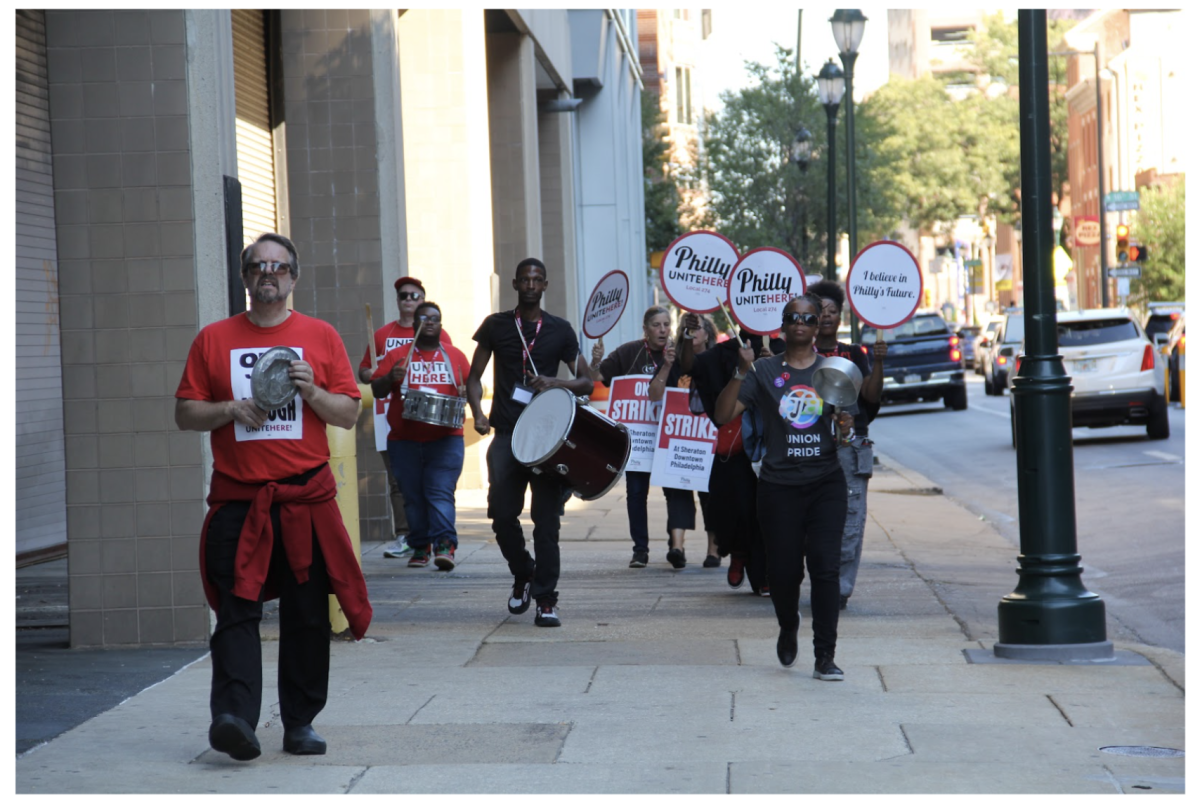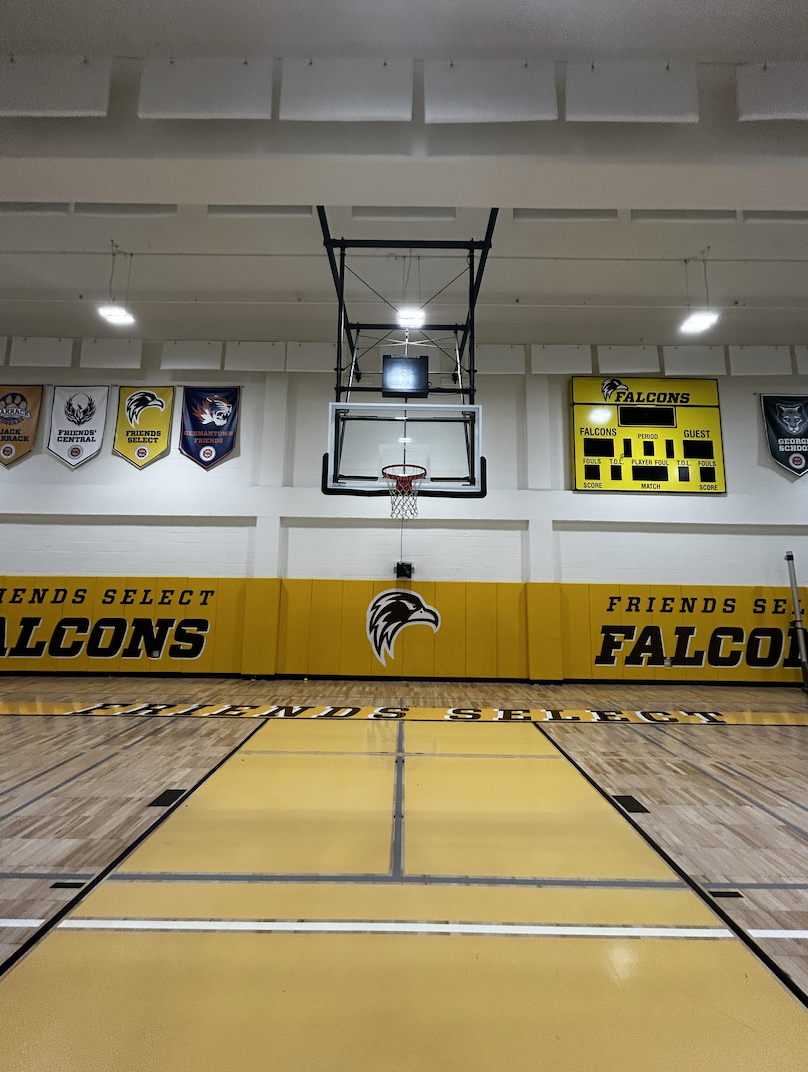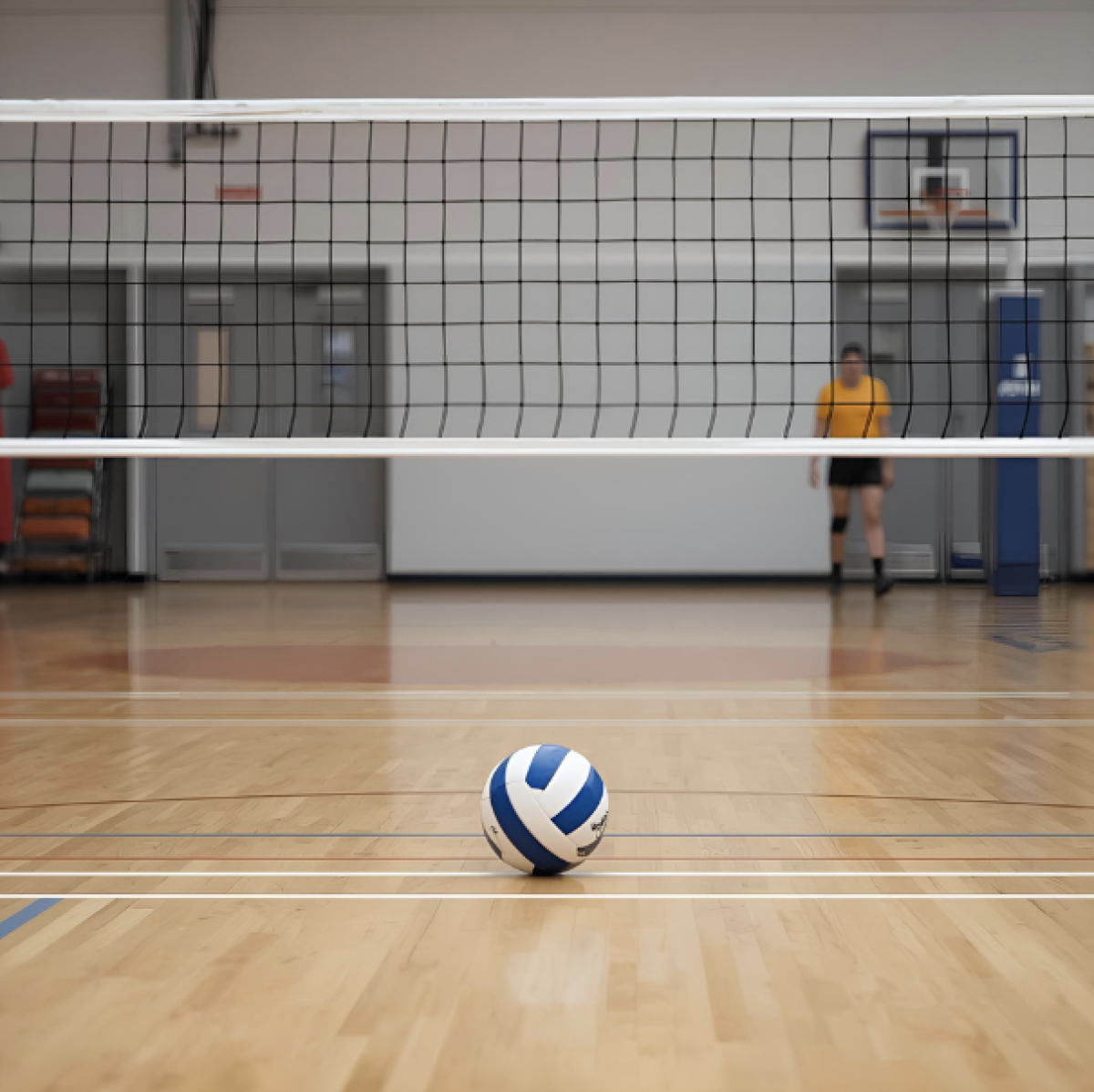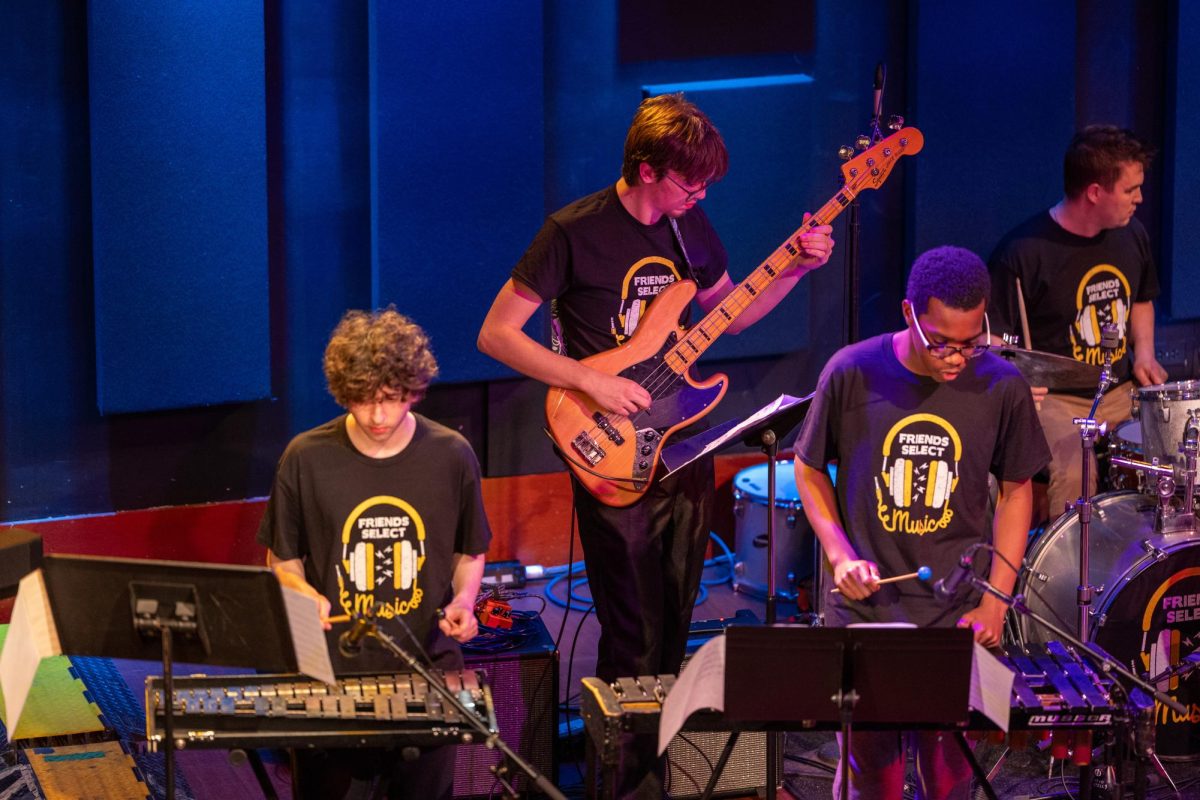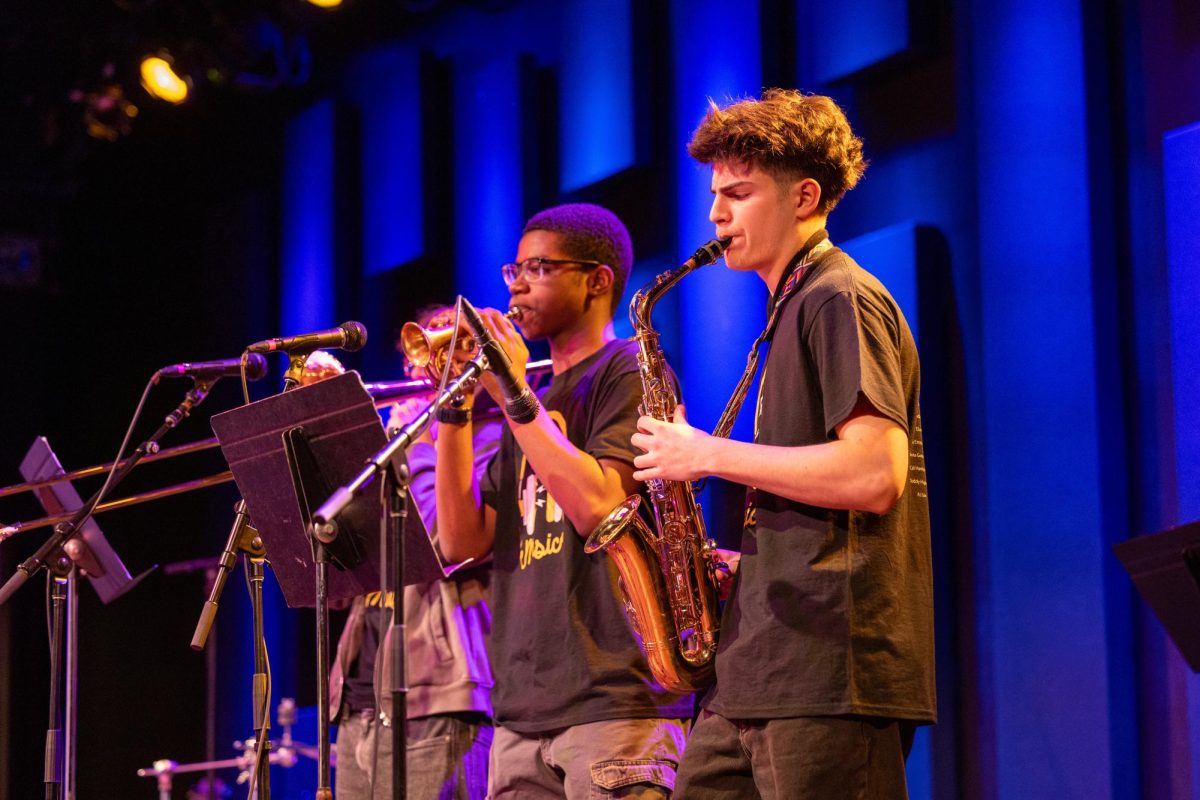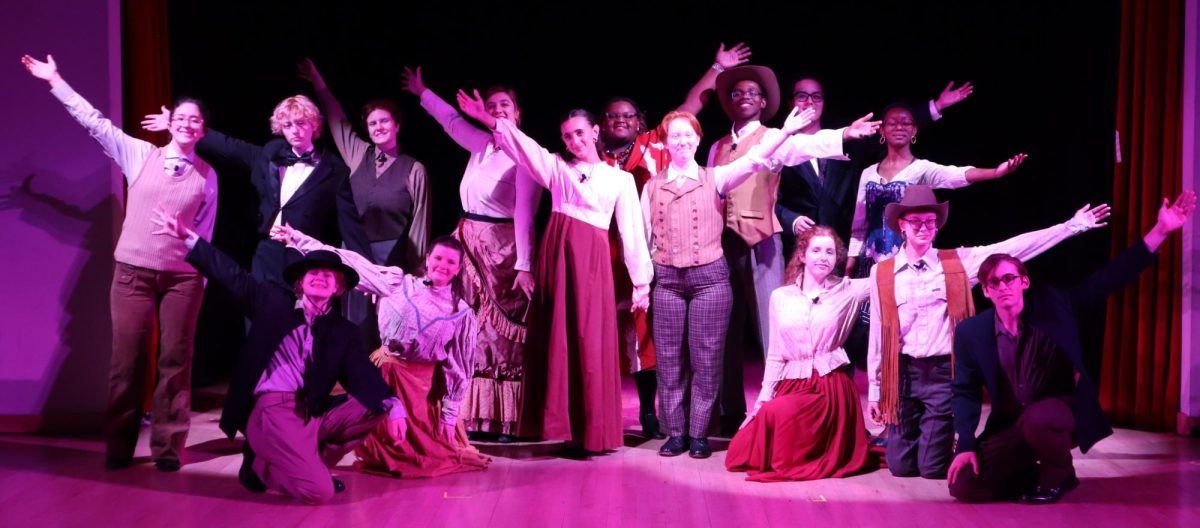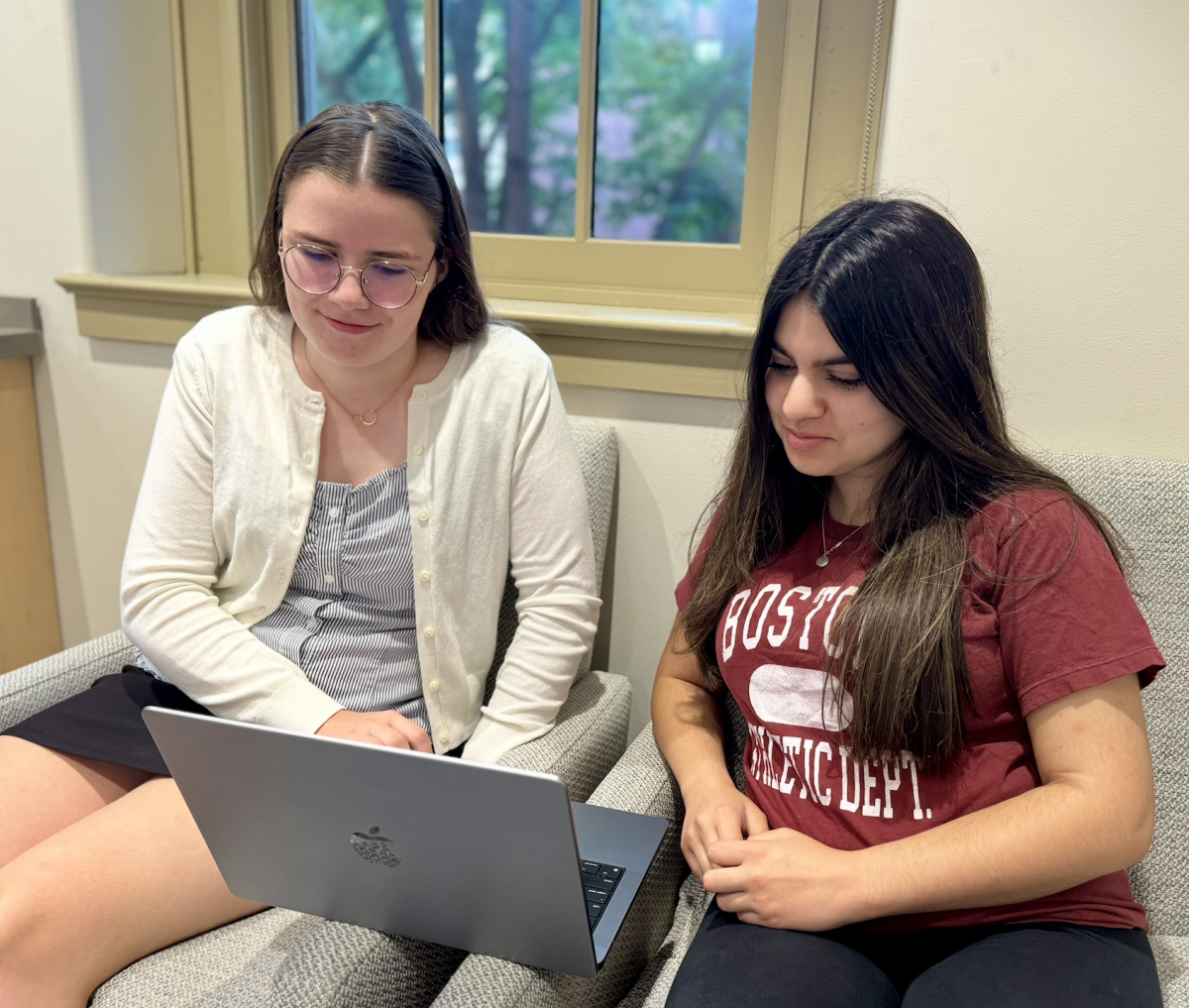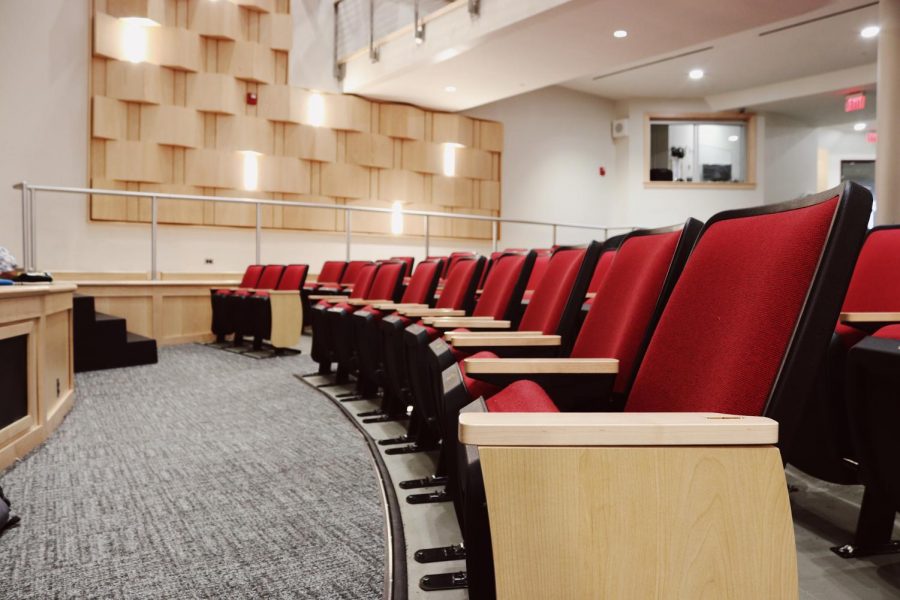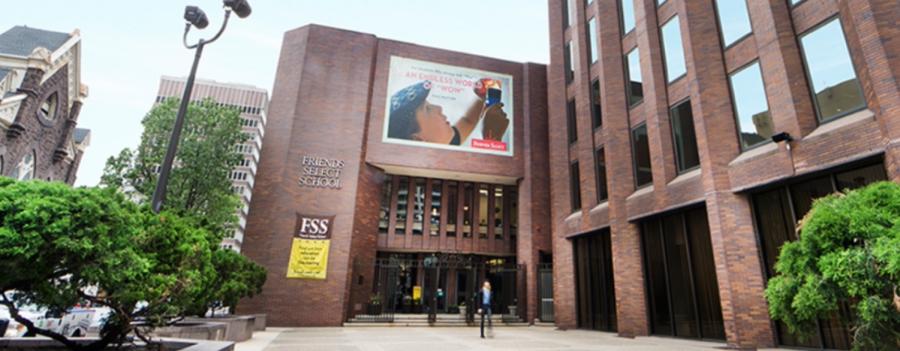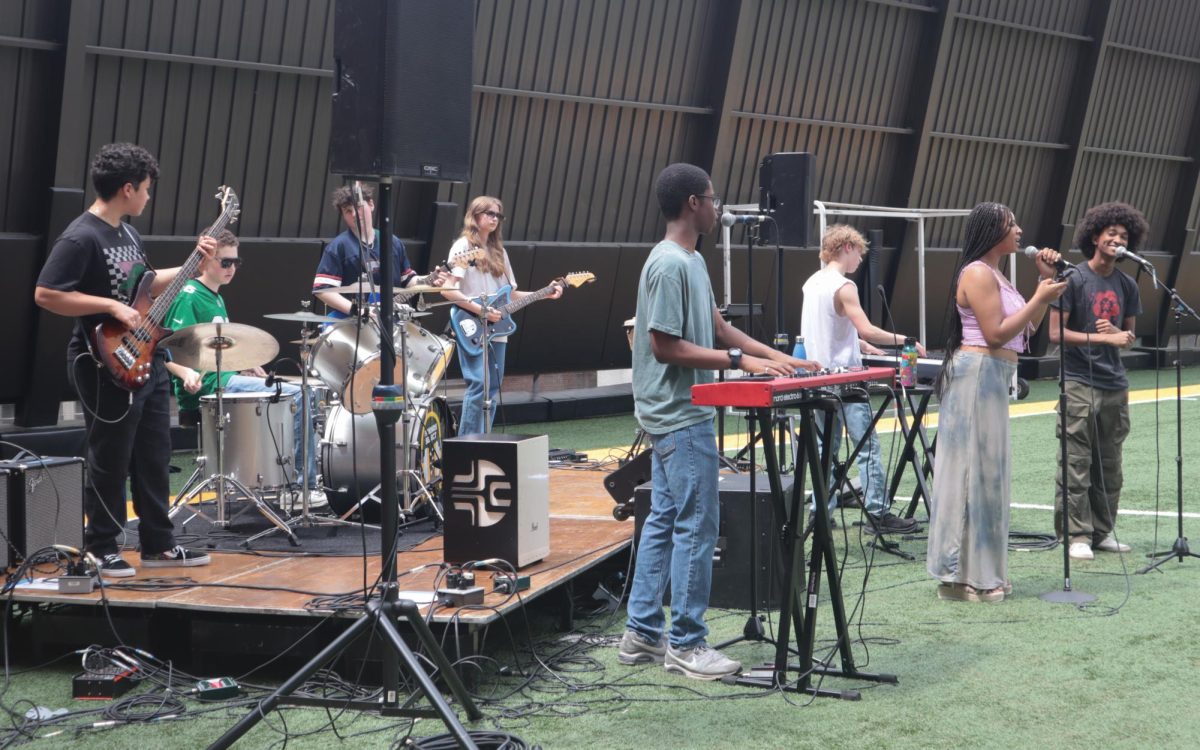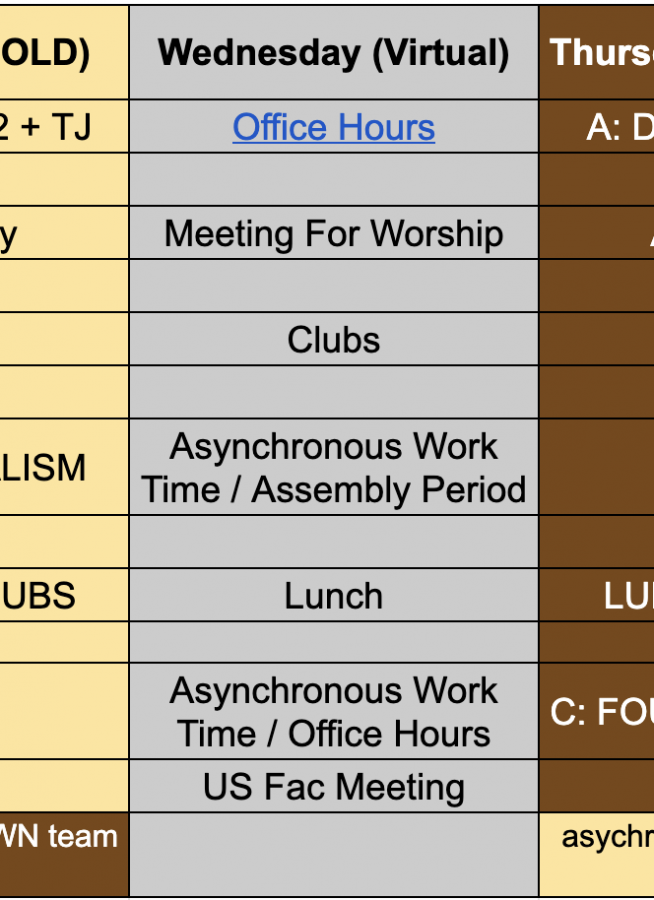Student Reactions to Asynchronous Wednesday
The start of the 2020-2021 school year looks different for a multitude of reasons, one being the major schedule changes. Classes occur now just twice a week for longer intervals, with many breaks in between. Another noticeable change is the new asynchronous Wednesday, during which there are no classes. Instead, there are work periods, office hours, Meeting for Worship, and clubs: all the other activities that usually take place throughout the week. This asynchronous day is built to give students a break in the week to get their work done, meet with teachers to ask questions, and take part in other community activities.
When surveyed, students expressed mixed feelings about the asynchronous day. Many found it helpful and relaxing: “I love it. It’s a nice break from having to sign into classes on zoom,” says Yianna Ljachin ‘22. Students also found that it is easier to manage assignments with the asynchronous time provided. Carslie Jones ‘22 says, “I get my work done on that day.” Asa Johnson ‘22 also notes, “I like the idea of it, and it stops homework from being stacked up too often.”
However, some are frustrated by the way teachers use the asynchronous day. Students sometimes feel that teachers are unreasonable with their assignments and lacking in communication. Lucy Kelley ‘22 says she “likes it as long as teachers don’t give us more than the allotted time of work.” Rachel Luce ‘21 agrees: “teachers shouldn’t give us more homework on that day and make it due that night at 11:59, but [it is] a great day for students to catch up on work if they are falling behind.” Laine May ‘22 adds that “it’s a nice break in the schedule,” but it can feel “overloaded.”
While some remain hopeful, others have a more negative opinion of the asynchronous day. Elena Milliken ‘22 believes that the day is a “cool idea, but teachers give way too much work.” Peter Ryan ‘21 says, “I don’t really think it fulfils its intended impact – I’d rather just have class.” Mia Cohen ‘21 believes there is a communication gap between teachers: “all the teachers think the other teachers won’t assign work, so then they all do.” Rosie Taranta ‘23 puts it very simply: “they give us too much work. Good idea, bad execution.”
Up to this point, many of the asynchronous days have not resembled the standard Wednesday that the school planned for. Two of the last three have been used for Quake social events involving all grades and students, in person and virtual. Wednesday, October 7th was used as a college application workshop day for the senior class. On Wednesday, the class of 2022 will take the PSAT.
Shortened weeks also disrupt the asynchronous day. When students and faculty had off on Monday, September 28th due to Yom Kippur, the school dropped that week’s asynchronous day completely. The loss of work time and office hours was difficult to manage for some, and took away from the already limited community activities that students enjoy. Jeremy Cohen ‘21 says, “[That] week there was no asynchronous day which leaves only one office hour block and no club block. Office hours and clubs are especially important during hybrid learning; office hours allow students to get one-on-one time with their teachers and clubs helps students stay connected socially. I think the value of the asynchronous day will become apparent to our community in a week without one.”
As the FSS community is getting more accustomed to the new hybrid model , students hope to make the most out of the time and activities worked into the schedule, and hope that there is clearer communication and expectations for workload on the asynchronous day.

